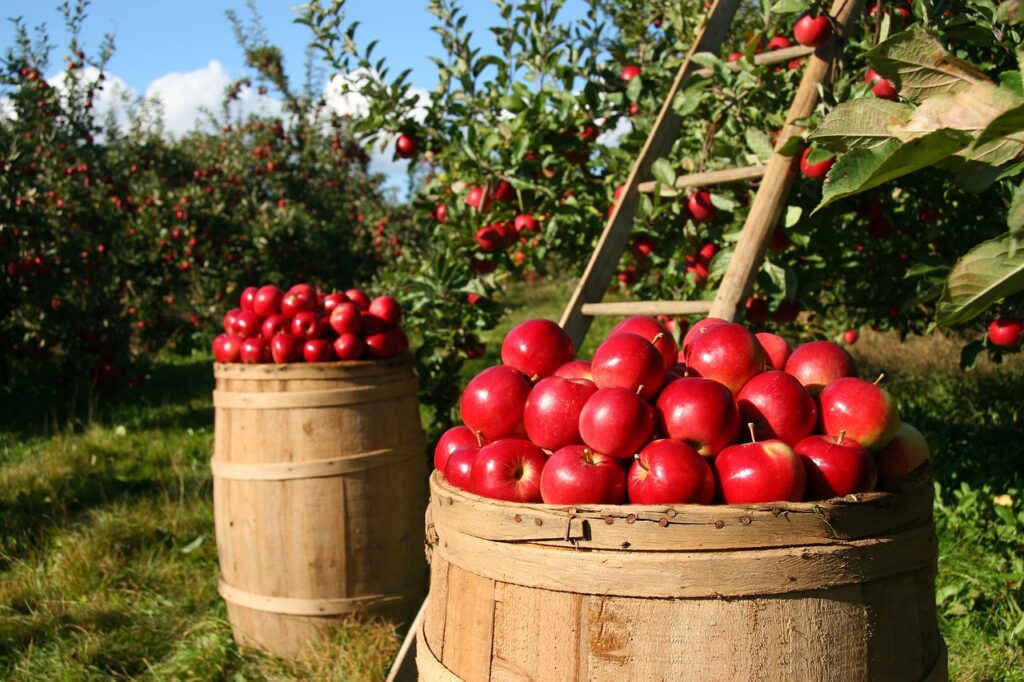Physical Address
304 North Cardinal St.
Dorchester Center, MA 02124
Physical Address
304 North Cardinal St.
Dorchester Center, MA 02124

In the hustle and bustle of urban living, finding a piece of green paradise to call your own can be a challenge. However, if you’re a nature lover or have a green thumb, urban gardening in small spaces offers a perfect solution to bring the outdoors closer to home. In this comprehensive guide, we’ll show you how to create a thriving urban garden in even the tiniest of spaces.
Before you embark on your urban gardening journey, take a good look at your available space. It could be a balcony, windowsill, rooftop, or even a small corner in your apartment. Understanding your space’s size, orientation, and microclimate (how sunlight and wind behave) is crucial for planning your garden effectively.
Container gardening is the go-to method for small-space gardening. It’s versatile, easy to manage, and allows you to grow a wide variety of plants. Here’s how to get started:
If floor space is at a premium, think vertically. Vertical gardening is an excellent technique for maximizing space and adding a striking visual element to your small garden.
Don’t limit your urban garden to outdoor spaces. Many plants can thrive indoors, adding a touch of greenery to your living areas.
Embrace eco-friendly and sustainable gardening practices:
Regular maintenance is key to a flourishing urban garden:
Urban gardening in small spaces may require creativity and careful planning, but the rewards are well worth it. Not only do you get to enjoy fresh herbs, flowers, or vegetables, but you also create a serene oasis in the heart of the city.
So, whether you’re a city dweller with a tiny balcony or an apartment with limited space, urban gardening can bring nature’s beauty right to your doorstep. Start small, experiment, and watch your urban garden thrive.
Remember, urban gardening isn’t just about plants; it’s about creating a green escape in your urban jungle. Happy gardening!
To deepen your knowledge and ensure the success of your urban garden, consider exploring these additional resources:
Also read: Essential equipments in urban gardening?
Creating an urban garden in a small space is not only achievable but also incredibly rewarding. It allows you to reconnect with nature, grow your own food, and enhance the aesthetics of your living environment. By carefully planning your space, choosing the right plants, and implementing sustainable practices, you can enjoy the beauty of gardening in the heart of the city.
So, roll up your sleeves, gather your gardening tools, and let your urban gardening adventure begin. With a little care and creativity, you’ll transform your small space into a thriving green haven that you can enjoy for years to come.
Happy gardening, urban gardeners!